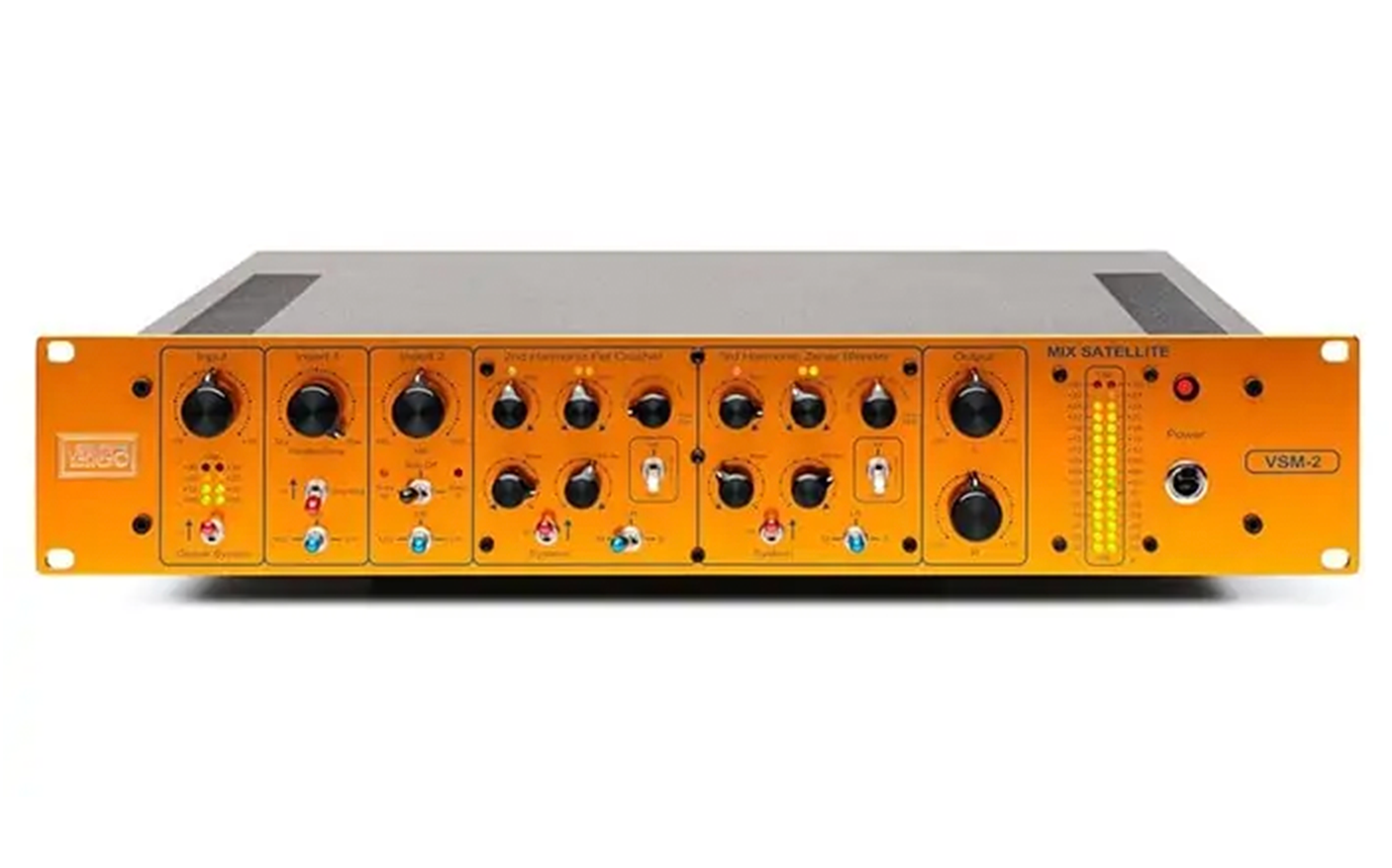We had the pleasure of getting the opportunity to test out the Vertigo VSM-2 in our studio last week. The guys at SX Pro had one come in and called us straight away to lets us know we could demo it. At first I wasn’t too overly excited about the VSM-2. The reason being is that I was never overly impressed with the plugin version. It never really had that special sound that was typical of great saturation units. To be honest I have never really been impressed with any saturation plugins when compared to hardware. It seems plugins just don’t capture what is brilliant about classic analogue saturation.
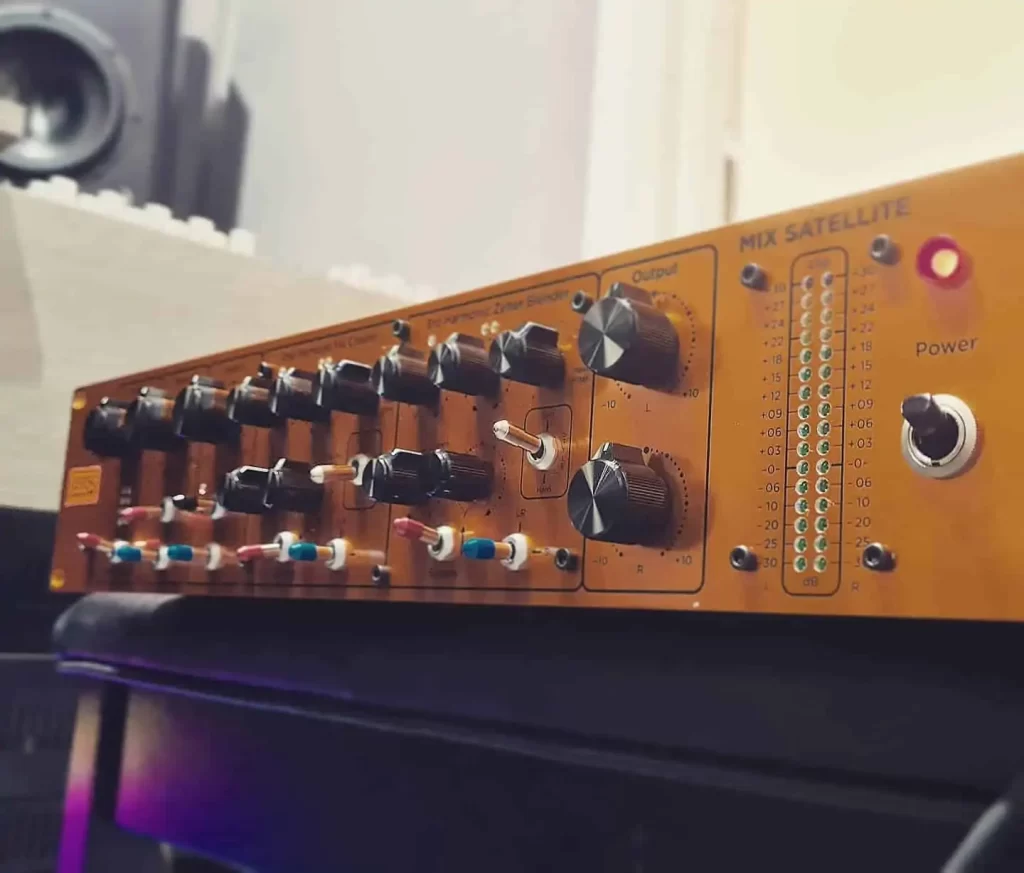
After testing the unit with Dale from SX Pro, he could tell we needed time to test it in different mastering situations. Once he left we decided to really test it out on various different songs in our mastering studio. I will be honest with you here. The VSM-2 is £6800 and lets face it that is a lot of money for anyone to spend on saturation however good it is. So the VSM-2 had to be a game changer if we were going to buy it.
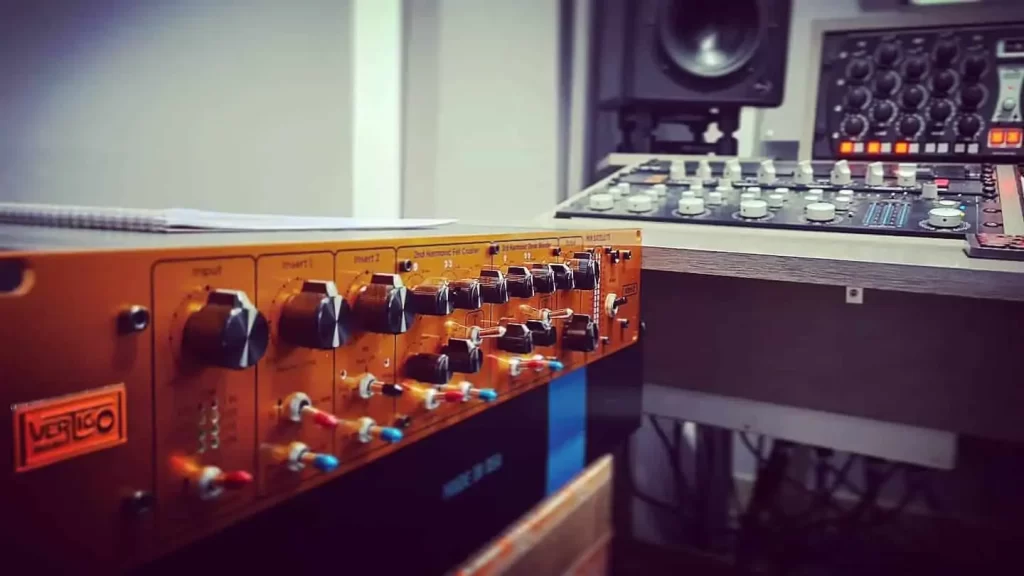
The verdict was…. WOW! What an incredible piece of audio equipment. Within a couple of hours of testing we were sold. This thing is a god send for many reasons. The main test we did was opened up a few pre existing masters we had done for clients and then added the VSM-2 to the mastering chain to see if we could hear a difference. My god could we hear a difference. The lows were warmer, thicker and generally more full. The highs were crisper and more present in the master. Overall it really added something we didn’t already have in every master. That’s not to say the original master wasn’t on point. This just added an extra bit of something that wasn’t there before.
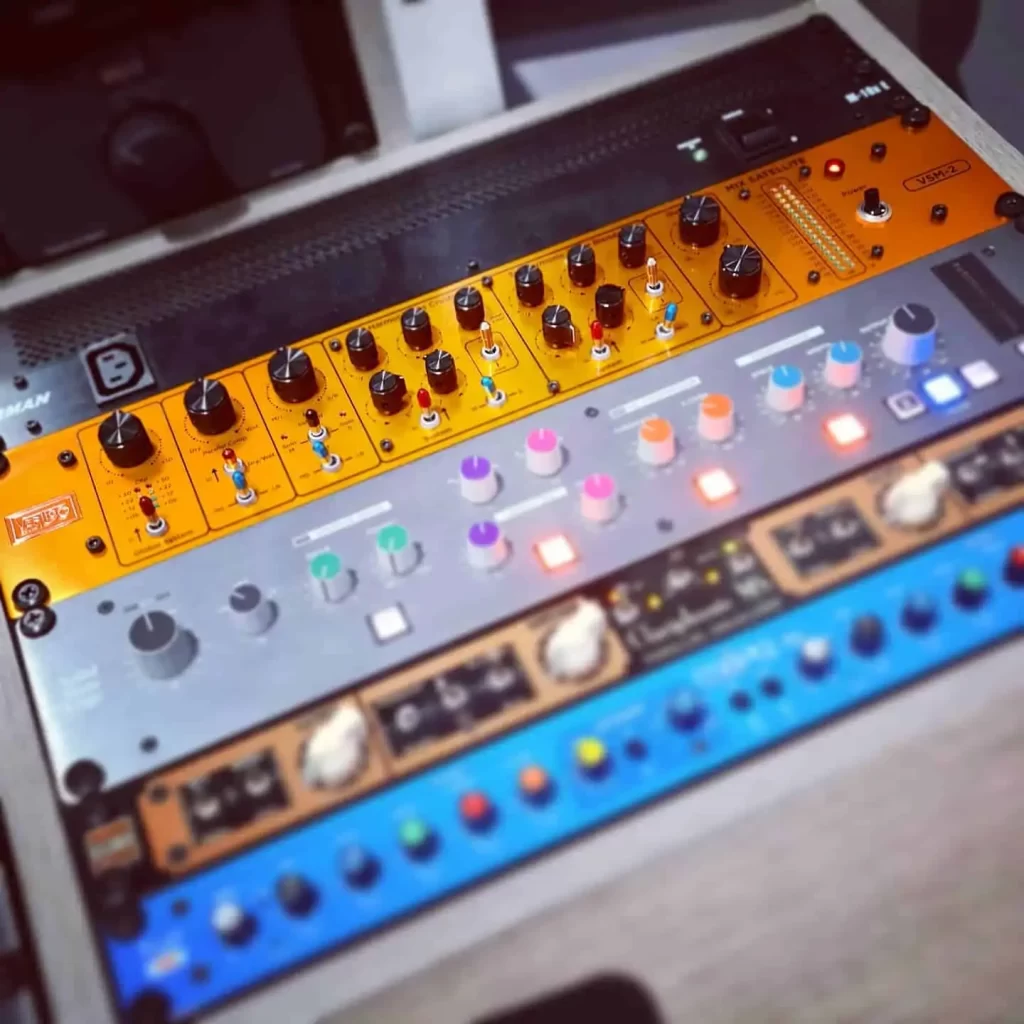
Now we were sold on purchasing the unit we could rack it in our mastering studio. First things first we had a look through the manual to find out exactly what it is we were buying and check out the nerd specs. An interesting feature that you won’t find on the plugin are two insert points. Insert 1 can be used to insert other hardware in parallel and insert 2 can be used to insert other hardware in M/S. A brilliant feature that will come in very handy. In theory you can also loop the insert 2 ins and outs to create a stereo widener without adding any additional hardware.
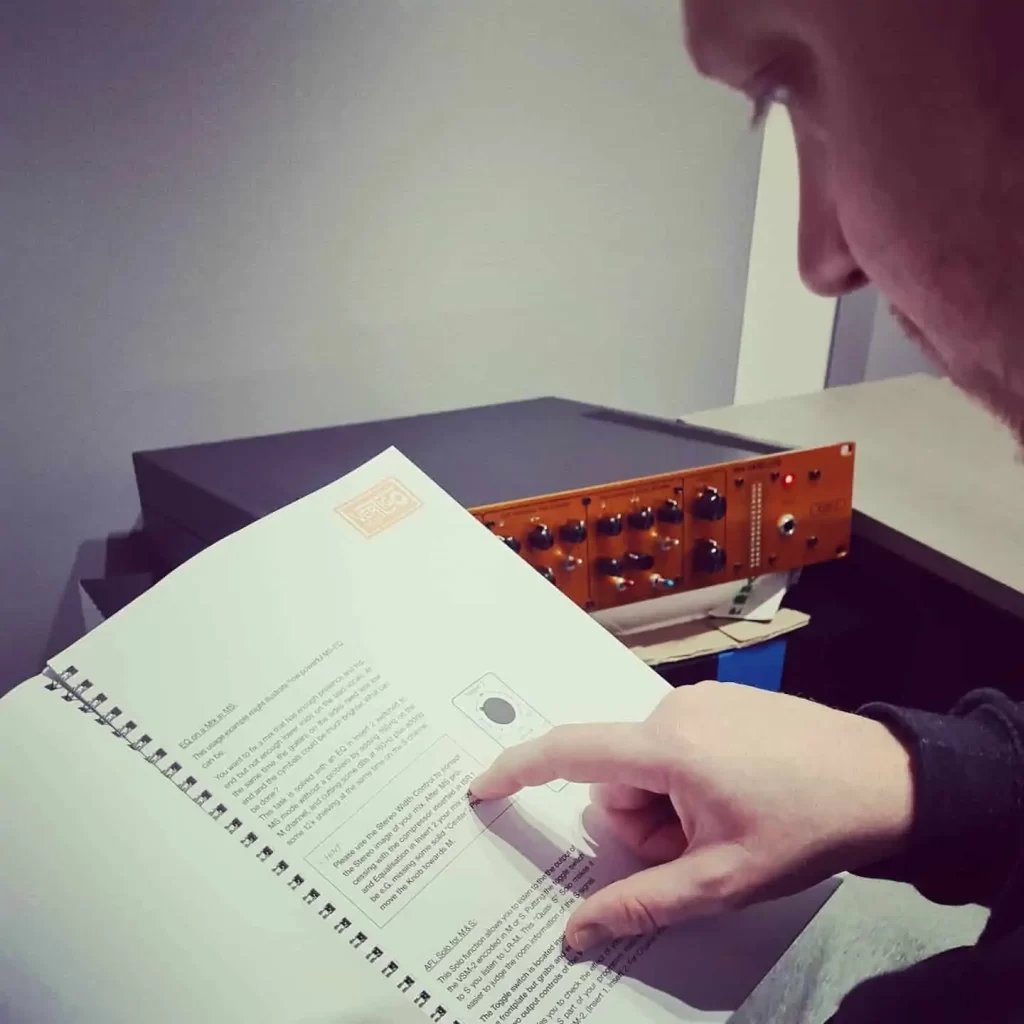
The final thing to do was to A/B test the hardware against the software. After doing extensive testing across 4 different audio sources we came to the conclusion that the software matches quite well and when you consider one is priced at $29 in a sale and the hardware is priced at £6800 you have to ask yourself is there really that much of a difference to warrant paying 300 times more? You be the judge. I know as soon as I heard it I had to buy the hardware for one very simple reason. A/B video below.

